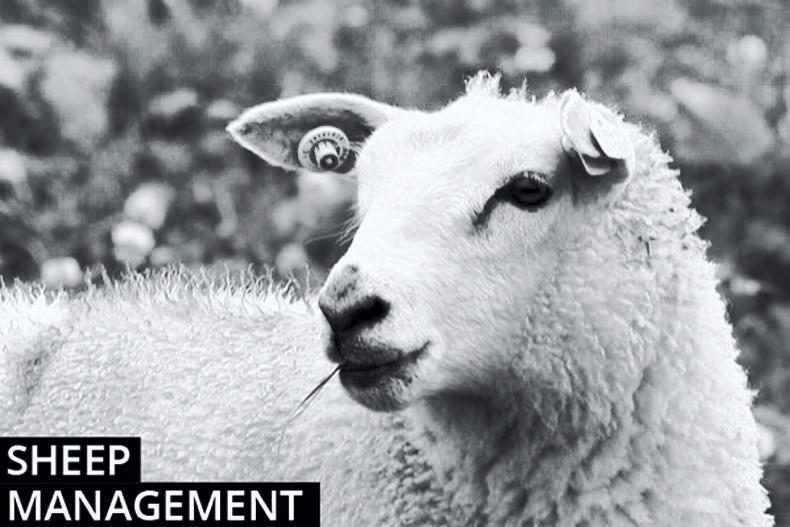Sheep census
The date for completing the 2017 sheep census is Sunday 31 December. The online portal for the census will open on 31 December and remain open for submission of data or amendments until 14 February 2018. Note that posted returns must be submitted by an earlier date of 31 January 2018. The online facility is also a good resource to identify what returns have been made in previous years if this information has not been recorded, as is required, in your flock register.
Early lambing flocks
Most flocks lambing at this time of year are set up to retain higher numbers of ewes and lambs indoors for a period after lambing. Adequately meeting the nutritional requirements of ewes in early lactation is central to ewes reaching their peak milk yield (three weeks for twin-suckling ewes and five weeks for single-suckling ewes) and in turn optimising lamb performance.
Where ewes are retained indoors for a significant period of time, it is important to ensure their diet satisfies nutritional requirements. Twin suckling ewes in good body condition and offered ad-lib access to average- to moderate-quality silage of 68 to 70 DMD (or top-quality hay) will require 1.2kg to 1.5kg concentrates daily, rising to 1.5kg to 1.7kg where ewes are in poor body condition. Single-suckling ewes on the same forage will require 0.5kg to 0.7kg concentrate, rising to 1kg for thin ewes. Continue to feed a high-protein diet (18% o 20%) as the protein requirement of ewes more than doubles in early lactation.
The energy content of leafy spring grass is over 1UFL/kg DM or on a metabolisable energy basis, good-quality spring grass contains in the region of 12.2MJ ME/kg DM to 12.4MJ ME/kg DM, slightly lower than 1kg of dry matter of good-quality barley (13.2 MJ ME/kg DM). This should be sufficient but ewes will benefit from a low level of supplementation where grass utilisation or dry matter is poor.
Health and safety
The new year marks a good time to assess health and safety procedures. At a minimum, every farm should have completed a farm safety code of practice risk assessment document. This is sufficient for farms with three or less employees to comply with the 2005 act. It should not be seen as a box-ticking exercise and should highlight areas where improvements can be made.
It is also worth noting your responsibility in terms of reporting a farm accident to the Health and Safety Authority. This is a question that also arises in the new Bord Bia Sustainable Beef and Lamb Assurance Scheme (formerly the Quality Assurance Scheme). The Department of Agriculture states that an accident is reportable to the Health and Safety Authority if the injured employee or self-employed person is unable to work for more than three consecutive days. This includes weekends and other holiday days. It states that the three days must be consecutive and that if these occur over a period of time then it is not reportable. More information and a link to reporting an accident can be found at www.agriculture.gov.ie/farmsafety/reportingofaccidentstothehealthandsafetyauthority.
This is also a good opportunity to wish readers and their families a happy, safe and prosperous new year.






 This is a subscriber-only article
This is a subscriber-only article









SHARING OPTIONS: